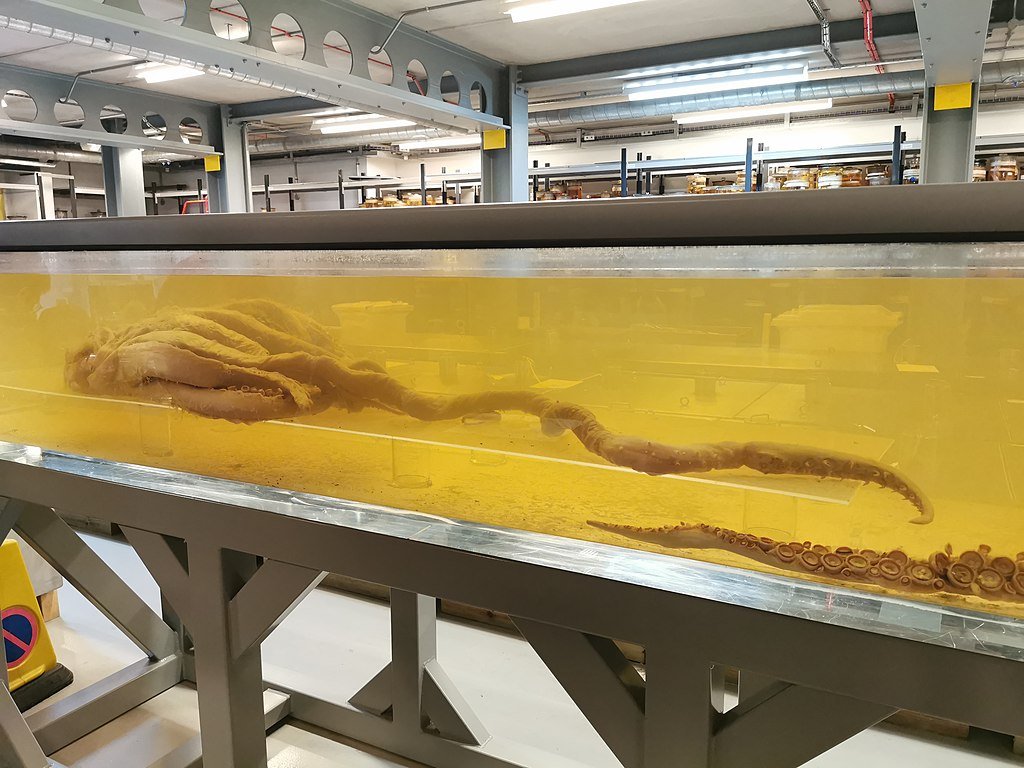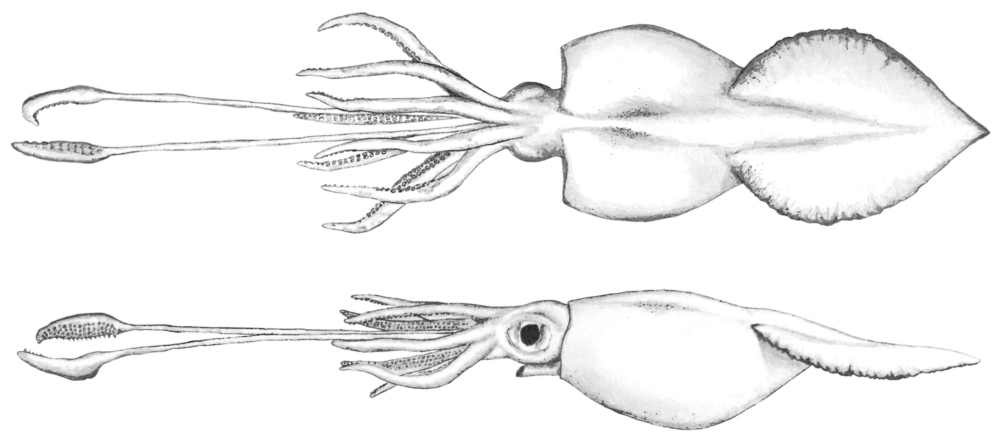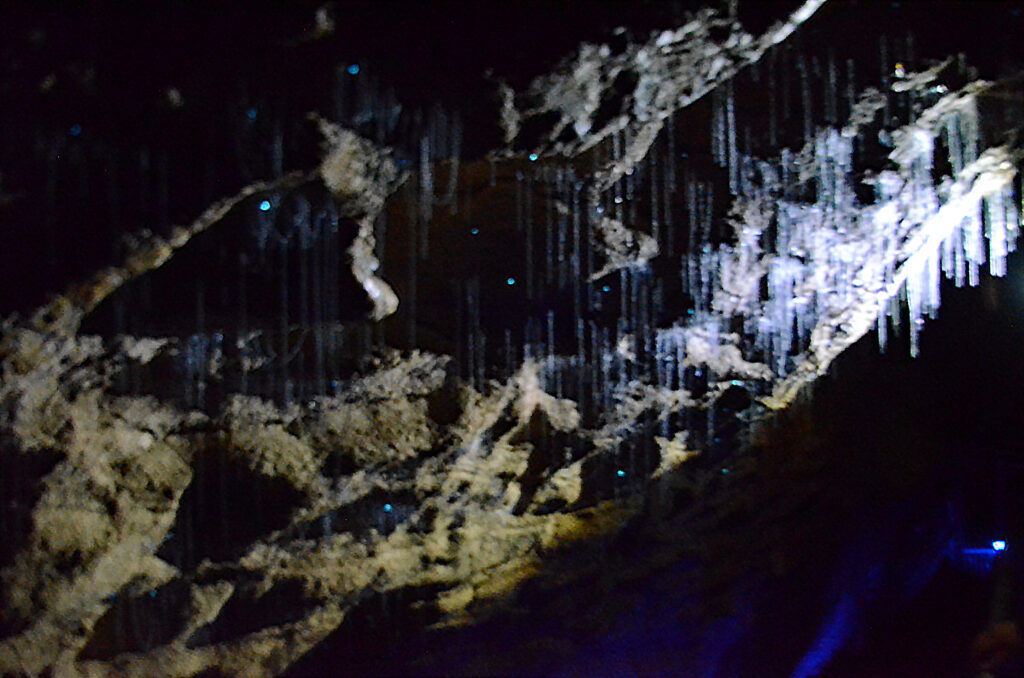For over 100 years, the colossal squid (Mesonychoteuthis hamiltoni) has remained one of the ocean’s most elusive creatures. Known for its massive size and mysterious behavior, this deep-sea giant has only been observed through remains found in whale stomachs or washed ashore. However, recent footage captured by the Schmidt Ocean Institute marks the first-ever live sighting of a juvenile colossal squid in its natural habitat.
The Discovery

On March 9, 2025, researchers aboard the Schmidt Ocean Institute’s research vessel Falkor (too) filmed a juvenile colossal squid at a depth of 600 meters near the South Sandwich Islands in the South Atlantic Ocean. Using a remotely operated vehicle (ROV) named SuBastian, the team captured clear footage of the squid’s translucent body and distinctive hooks on its arms, confirming its identity. Measuring just 30 centimeters long, this juvenile is a fraction of the size it will reach as an adult, which can grow up to 7 meters and weigh as much as 500 kilograms.
Significance of the Footage
This live footage provides valuable insights into the behavior and life cycle of the colossal squid, which belongs to the glass squid family (Cranchiidae). Scientists believe that as these squids mature, their transparent bodies darken, adapting to deeper ocean depths. The discovery also highlights the importance of advanced technology, such as ROVs, in exploring the deep sea and uncovering its hidden wonders.
Implications for Marine Research
The sighting of a live colossal squid opens new avenues for studying deep-sea ecosystems and the role of apex predators like squids in the food chain. Researchers hope to learn more about their hunting strategies, interactions with other species, and adaptations to extreme environments. This discovery also uncovers the need for continued investment in ocean exploration.
Conclusion

The first live footage of a colossal squid is a milestone in marine science, shedding light on one of the ocean’s most mysterious inhabitants. as technology advances, discoveries like this reminds us of the vast,
Source:





